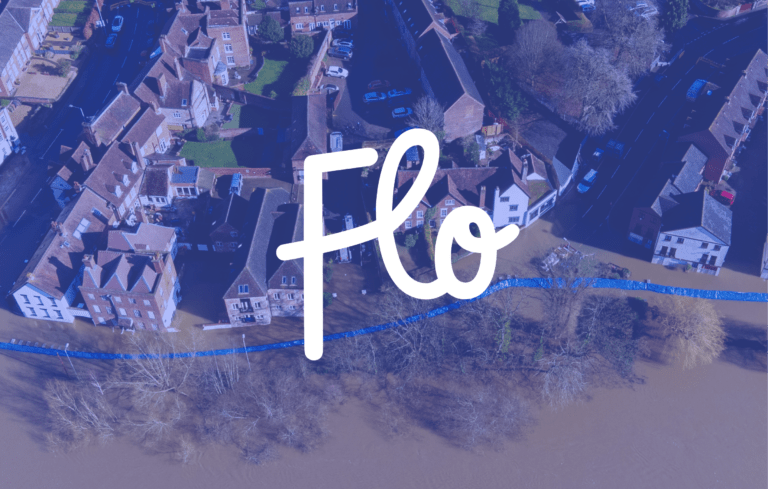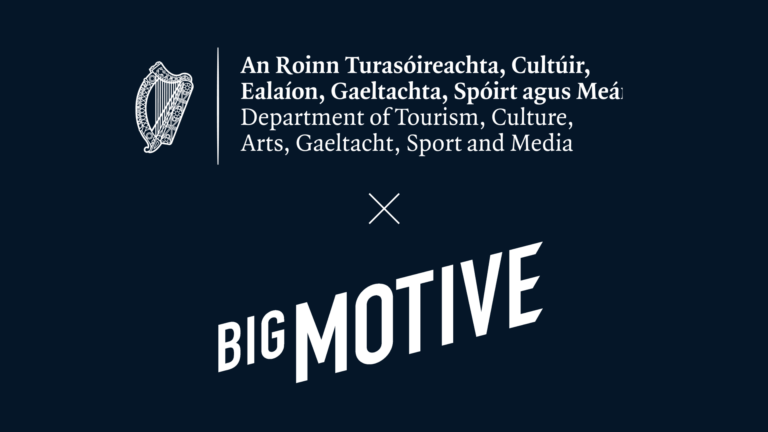
Reflecting on Innovation Day 2024
I was delighted to speak at Innovation Day 2024 at the Design Museum in London, hosted by BSI (British Standards Institute) in partnership with Innovate UK. Drawing from my experience on the innovation team at Bombardier Aerospace, where I helped implement an innovation management system across multiple sites, I’ve always been passionate about fostering creativity and innovation in organisations. This event, which centered on the unveiling of the ISO 560001 innovation standard, was an incredible opportunity to discuss the role of design in driving meaningful innovation.
The Reality of Innovation on the Ground
Innovation often conjures up images of lightbulb moments and groundbreaking discoveries, but the reality is far more nuanced. It’s a term that has been overused to the point of ambiguity, leading to a need for clearer definitions and frameworks.
In my experience, I’ve explored the distinctions between design, research and development (R&D), and innovation. R&D focuses on uncovering new knowledge and technologies, while design bridges creativity and functionality to address user needs. Innovation, on the other hand, represents the broader process of transforming insights into value. Understanding these distinctions is crucial, as many organisations face challenges in leveraging insights effectively—an essential principle of the ISO 560001 standard.
Panel Discussions: The Intersection of Design and Innovation
I participated in a panel discussion with two other designers, moderated by Peter Childs (Professorial Lead in Engineering Design at Imperial College’s Dyson School of Design Engineering). We tackled foundational questions like:
- What is the definition of insights, and how does it impact and aid innovation?
- How can design lead to business success?
- What role should designers play in innovation teams?
One key takeaway is that design doesn’t just shape how things look or work—it influences how ideas are transformed into solutions. Insights gathered from data, customers, and trends aren’t just findings; they are sparks that can ignite transformative ideas. During the discussion, I emphasised the importance of involving designers deeply in the innovation process, aligning with the eight principles of innovation management outlined in the ISO 560001 standard.

Key Highlights of Innovation Day 2024
- The Setting: The Design Museum
Hosting the event at the Design Museum underscored the synergy between design and innovation. The museum’s creative ambience fostered rich dialogue among a diverse mix of participants—from corporate representatives to creative agencies—keen to understand how the new standard could impact their industries. - Noteworthy Conversations
The CTO of QinetiQ highlighted how innovation represents a cultural shift rather than a singular initiative. This aligns with the standard’s emphasis on adaptability and managing uncertainty as key principles for fostering sustained innovation. - Northern Ireland’s Representation
It was inspiring to see Northern Ireland actively represented by Chris Catney, Innovation Manager at Heathrow Airport (originally from NI), and Charlie Tuxworth, Managing Partner of Celio and Founder of Innovate Island, contributing meaningfully to discussions about innovation strategy and implementation.
Insights on ISO 560001
The ISO 560001 innovation standard provides a structured approach for organisations to establish, maintain, and continuously improve their innovation management systems. This framework ensures that innovation is systematic rather than sporadic, helping organisations of all sizes harness creativity effectively. The standard’s focus on exploiting insights, future-focused leadership, and creating a culture of adaptability resonated with many attendees.
As I shared during the event, having a standardised framework like ISO 560001 is empowering. It helps teams align on priorities, establish clear processes, and implement strategies that can drive sustainable innovation.
My Key Takeaways
- Design as a Driver of Innovation
Design is not just an output; it’s an integral part of the innovation process. Designers should have a seat at the table, actively shaping strategies and ensuring that solutions are creative and impactful. - Cultural Shift in Innovation
Innovation requires more than frameworks—it needs cultural buy-in. Organisations must foster an environment where creativity is encouraged, uncertainty is managed, and insights are celebrated as seeds of innovation. - The Importance of Insights
Discovery and insight-gathering are foundational to innovation. However, insights must be actionable, sparking ideas that can be developed into solutions that deliver real value.
Closing Thoughts
Being part of such a significant event and witnessing the launch of a standard with the potential to transform innovation practices was both inspiring and energising. It’s clear that innovation is not just a buzzword—it’s a strategic imperative that, when approached thoughtfully, can drive sustainable growth and resilience.
My key takeaway from Innovation Day 2024 is that design and innovation are inherently interconnected, insights drive creativity, and fostering a culture of innovation is essential for any organisation to thrive.
Here’s to shaping a brighter, more innovative future!


